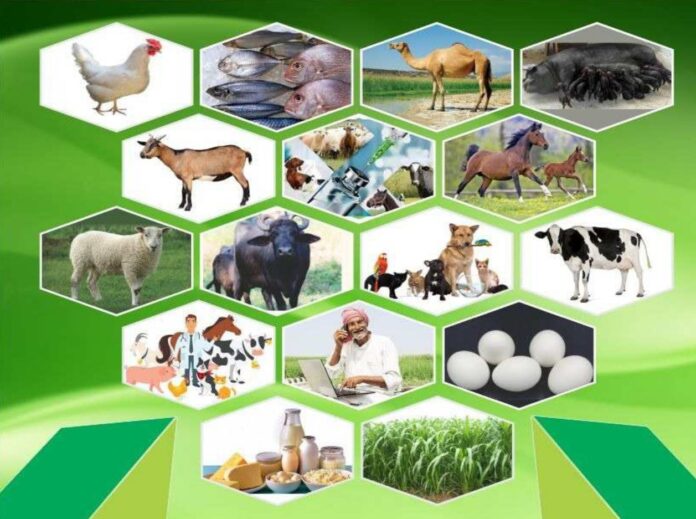Non-invasive Techniques for Assessing Wellbeing in Small Ruminants
Dr. Neha Rajawat MVSc. ICAR-IVRI
(Ph.D. Research Scholar ICAR- NDRI Karnal)
Sheep and goats, our furry companions of the farm and field, thrive in routine and peaceful environments. Yet, stressors like shearing, transportation, or even weather changes can disrupt their equilibrium, leading to hidden stress that can impact their health and productivity. Fortunately, advancements in animal welfare science have gifted us with a toolbox of non-invasive techniques to assess stress in these small ruminants, allowing us to understand their needs and provide optimal care. Traditional methods of stress assessment often relied on blood sampling, which can be stressful for both the animal and the handler. Thankfully, non-invasive techniques offer a gentler and more accurate approach.
- Hair Study: A Window to the Chronic stress
Cortisol, the primary stress hormone, is deposited in hair as it grows. Analysing hair samples reveals cortisol levels over time, providing a snapshot of chronic stress. This technique is particularly useful for assessing long-term stressors like inadequate nutrition or handling practices.
- Fecal Glucocorticoid Metabolites (FGM): The Stress Fingerprint in Droppings
Cortisol (Glucocorticoids) is metabolized and excreted in Fecal matrix. Measuring FGM levels in droppings offers a real-time glimpse into an animal’s stress response. This non-intrusive method allows for monitoring individual animals or entire flocks, making it ideal for identifying acute stressors like shearing or transportation.
- Infrared Thermography: Capturing the Heat of Stress
This technology uses a thermal camera to capture variations in body temperature. Stress can cause localized temperature changes, such as increased heat around the eyes or nose. Infrared thermography is a quick and non-contact method, making it ideal for monitoring large groups of animals where handling of animal was a pressures for traditional monitoring methods.
- Behavioural Observations:
Observing behaviour can provide valuable clues about an animal’s stress level. Changes in vocalizations, eating patterns, activity levels, and social interactions can be indicative of stress. Combining behavioural observations with other non-invasive techniques paints a more complete picture of the animal’s wellbeing
Non-invasive Markers- A Holistic Approach:
These non-invasive techniques are powerful tools, but they should not be used in isolation. A comprehensive approach to stress assessment considers the animal’s environment, management practices, and individual needs. By combining data from various sources, we can gain a deeper understanding of the factors contributing to stress and implement targeted interventions to improve animal welfare. Combining these techniques can provide a comprehensive understanding of the stress response in small ruminants, enabling farmers and researchers to:
- Identify stressors in the animal’s environment or management practices.
- Monitor the effectiveness of interventions aimed at reducing stress.
- Improve overall animal welfare and productivity.
As research progresses, these non-invasive techniques are becoming increasingly sophisticated and accessible. By embracing these tools, we can shed light on the hidden world of stress in small ruminants, ultimately leading to a more humane and sustainable approach to their management.
Conclusion:
By embracing non-invasive techniques and adopting a holistic approach, we can move towards a future where our small ruminants thrive in environments that minimize stress and maximize their health and overall welfare. By listening to their silent cries, we can ensure that their bleats are always filled with contentment and that their fleeces radiate health, not just warmth.
Keywords: Heat stress, cortisol, FGM, Stress, Non-Invasive, monitoring, transportation, weather change, Hair


